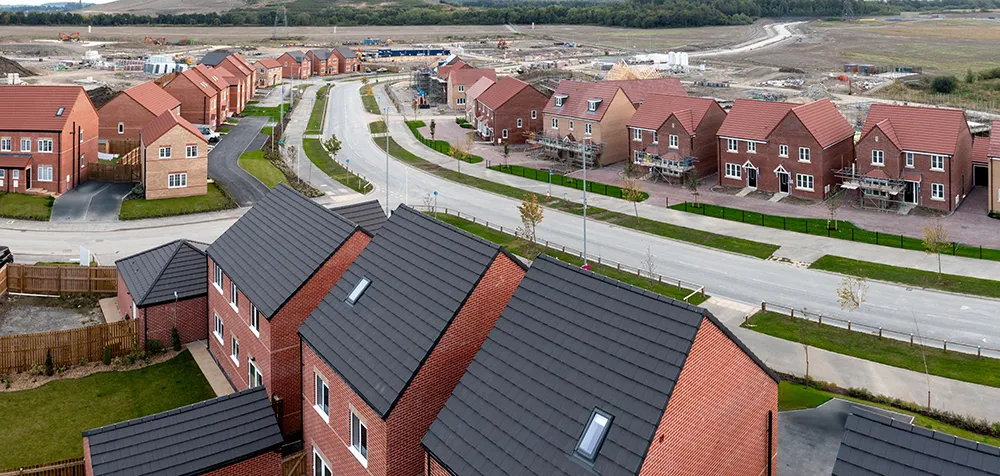
The annual rate of house price growth edged higher to 1.6% in March, from 1.2% in February, according to the latest Nationwide House Price Index.
Northern Ireland was the best performing region, with prices up 4.6%; while the South West was weakest performing region, with prices down 1.7% over the year.
On a monthly basis, UK house prices fell by -0.2% between March and February.
Commenting on the figures, Nationwide’s chief economist Robert Gardner said:
“Activity has picked up from the weak levels prevailing towards the end of 2023 but remain relatively subdued by historic standards. For example, the number of mortgages approved for house purchase in January was around 15% below pre-pandemic levels.
“This largely reflects the impact of higher interest rates on affordability. While mortgage rates are below the peaks seen in mid-2023, they remain well above the lows prevailing in the wake of the pandemic.”
He added that with cost-of-living pressures easing as inflation moves back towards target, consumer sentiment was improving.
“Indeed, surveyors report a pickup in new buyer enquiries and new instructions to sell in recent months. Moreover, with income growth continuing to outpace house price growth by a healthy margin, housing affordability is improving, albeit gradually”.
SPF Private Clients chief executive Mark Harris commented: “What happens next with mortgage rates could have a significant impact on property market activity and ultimately house prices.
“Buyers and sellers have been more active since the start of the year as it looks as though base rate has peaked, and the next move in rates will be downwards.”
However, he argued that affordability was still an issue for many, thanks to many consecutive rises in base rate before we got to this point, along with the elevated cost of living, particularly energy costs and food.
“There are likely to be ups and downs in mortgage pricing in the weeks and months ahead as lenders jostle for position and business but there is a growing feeling of optimism that the situation is improving overall, which will be welcomed by hard-pressed borrowers.”
Benham and Reeves director Marc von Grundherr played down the monthly fall and highlighted the annual price comparison.
“As we approach the spring selling season a very marginal decline in the monthly rate of house price growth should be viewed as nothing more than the market pausing for breath before the floodgates open.
He added: “The real measure of market health is the annual rate of growth and a 1.6% jump demonstrates that we are very much heading in the right direction and it’s full steam ahead for the remainder of the year.”
GreenResi chief executive and sustainable investment adviser Anna Clare Harper said: “With UK house prices increasing by 1.6% annually in March, this is positive news for many, as upwards movement in the housing market is generally seen as a good thing.
“However, the housing market is not one single market – it’s millions of tiny locations down to the street level, each becoming more or less popular over time, influenced by different factors ranging from local authority solvency to new local development schemes.
She added: “Then there’s factors affecting the pricing of individual properties, including the cost to own the property, partly related to its energy efficiency; cost to maintain the property; and affordability, which for younger people especially is determined by the cost and availability of finance.
“So, market pricing for March reflects the millions of individual negotiations balancing what one buyer wanted with what one seller needed, during that month. All of these factors and more are important when evaluating properties today and forecasting what will happen with prices tomorrow.”



